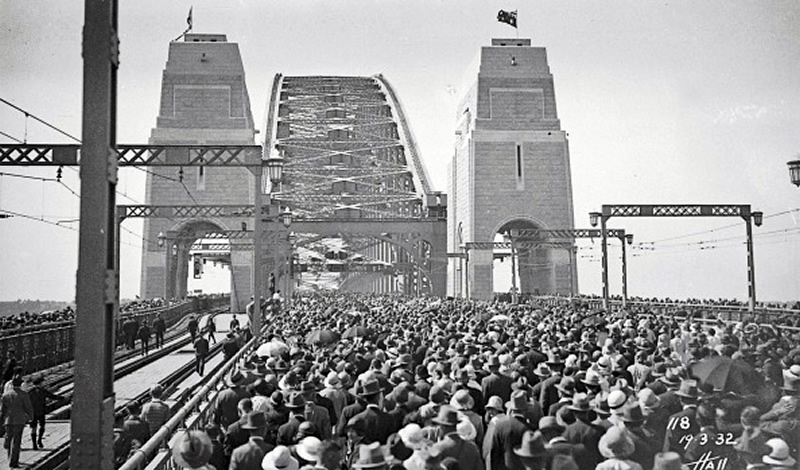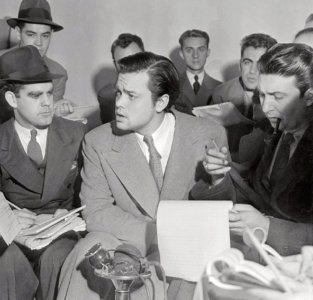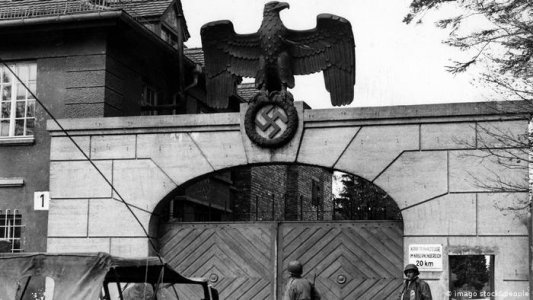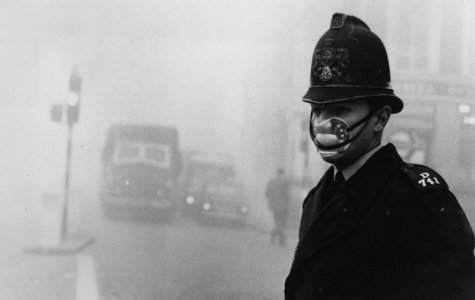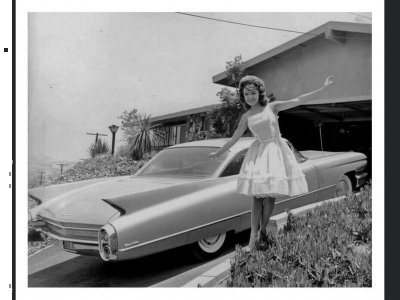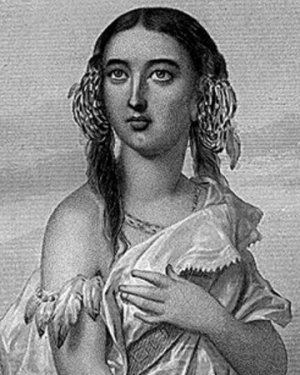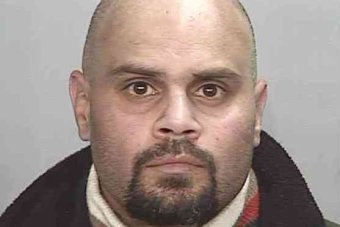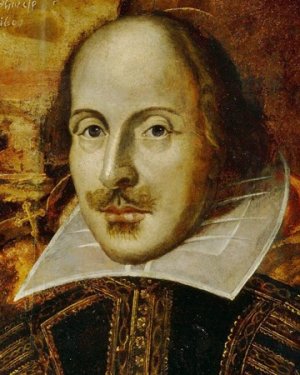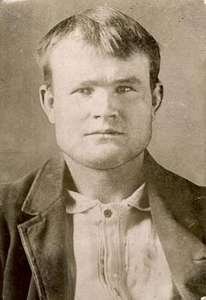RnR
Member
- Location
- Gold Coast, Queensland
18 March 1850 – American Express is founded by Henry Wells and William Fargo.
American Express was founded as an express mail business on 18 March 1850 in Buffalo, New York, U.S. It commenced as a joint stock corporation by the merger of the express companies owned by Henry Wells (Wells & Company), William G. Fargo (Livingston, Fargo & Company), and John Warren Butterfield (Wells, Butterfield & Company).

Sometime between 1888 and 1890, J. C. Fargo took a trip to Europe and returned frustrated and infuriated. Despite the fact that he was president of American Express and that he carried with him traditional letters of credit, he found it difficult to obtain cash anywhere except in major cities. Fargo went to Marcellus Flemming Berry and asked him to create a better solution than the letter of credit. As a result, Berry introduced the American Express Traveler's Cheque which was launched in 1891 in denominations of $10, $20, $50, and $100. Traveler's cheques established American Express as a truly international company.
American Express was founded as an express mail business on 18 March 1850 in Buffalo, New York, U.S. It commenced as a joint stock corporation by the merger of the express companies owned by Henry Wells (Wells & Company), William G. Fargo (Livingston, Fargo & Company), and John Warren Butterfield (Wells, Butterfield & Company).

Sometime between 1888 and 1890, J. C. Fargo took a trip to Europe and returned frustrated and infuriated. Despite the fact that he was president of American Express and that he carried with him traditional letters of credit, he found it difficult to obtain cash anywhere except in major cities. Fargo went to Marcellus Flemming Berry and asked him to create a better solution than the letter of credit. As a result, Berry introduced the American Express Traveler's Cheque which was launched in 1891 in denominations of $10, $20, $50, and $100. Traveler's cheques established American Express as a truly international company.






